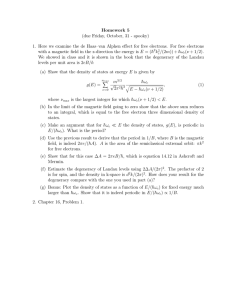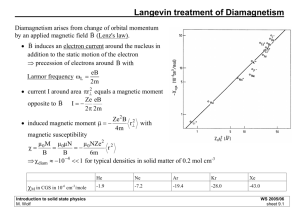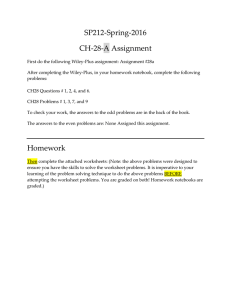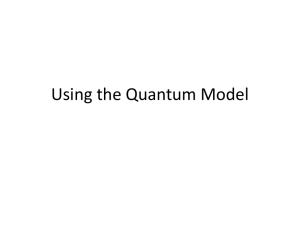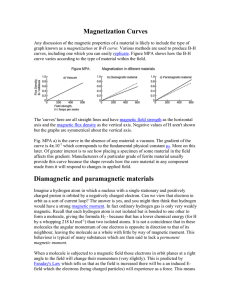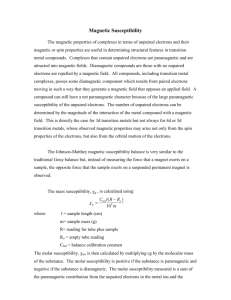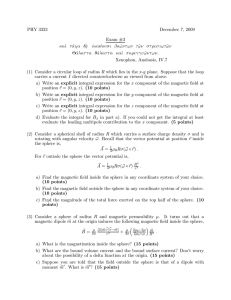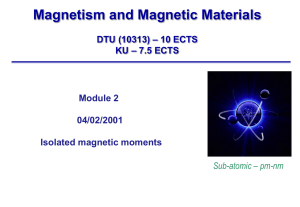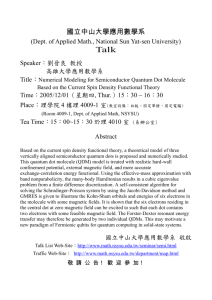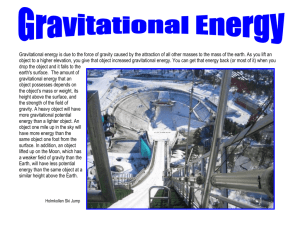The fundamental Bohr-van Leeuwen Theorem states that the
advertisement
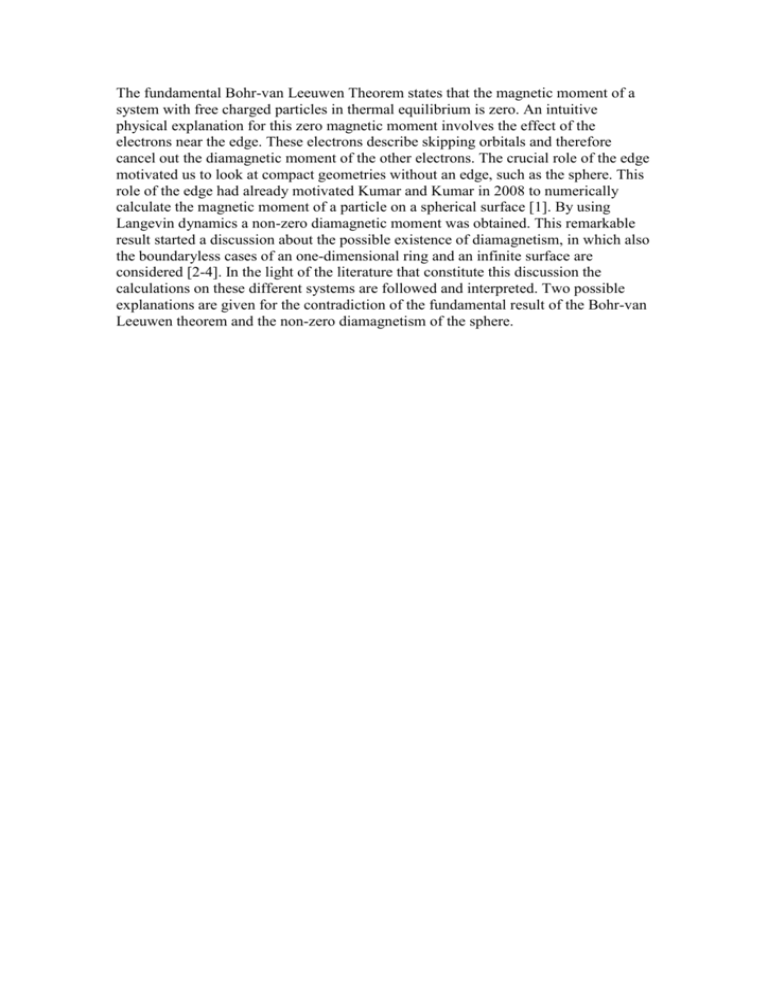
The fundamental Bohr-van Leeuwen Theorem states that the magnetic moment of a system with free charged particles in thermal equilibrium is zero. An intuitive physical explanation for this zero magnetic moment involves the effect of the electrons near the edge. These electrons describe skipping orbitals and therefore cancel out the diamagnetic moment of the other electrons. The crucial role of the edge motivated us to look at compact geometries without an edge, such as the sphere. This role of the edge had already motivated Kumar and Kumar in 2008 to numerically calculate the magnetic moment of a particle on a spherical surface [1]. By using Langevin dynamics a non-zero diamagnetic moment was obtained. This remarkable result started a discussion about the possible existence of diamagnetism, in which also the boundaryless cases of an one-dimensional ring and an infinite surface are considered [2-4]. In the light of the literature that constitute this discussion the calculations on these different systems are followed and interpreted. Two possible explanations are given for the contradiction of the fundamental result of the Bohr-van Leeuwen theorem and the non-zero diamagnetism of the sphere.
